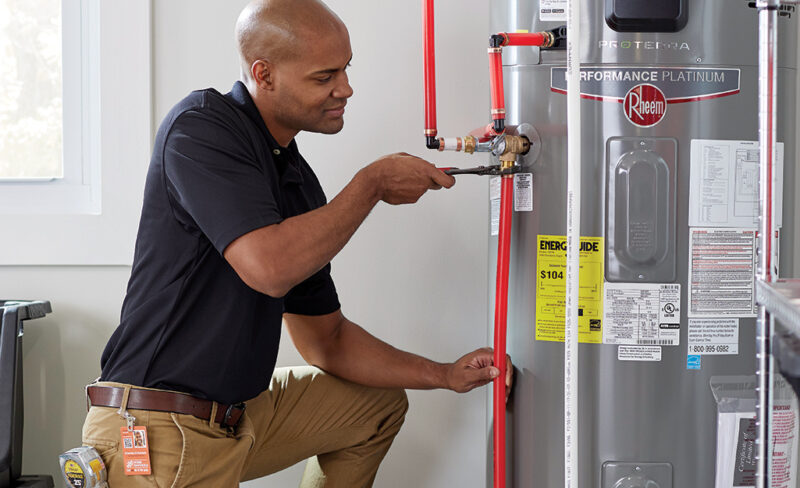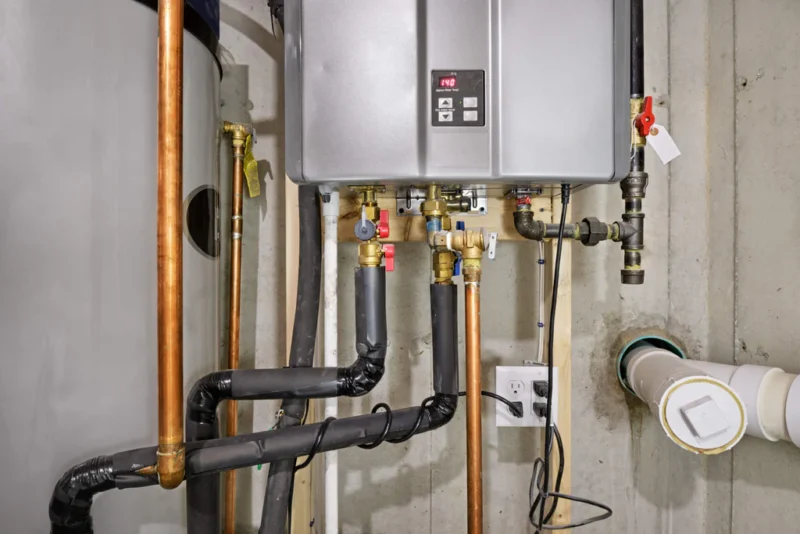Your new water heater is an investment in your home’s comfort and energy efficiency. Whether you’ve installed a classic storage tank or a modern tankless system, ensuring it’s in top condition will guarantee it runs smoothly for years. Most water heaters are designed to have a lifespan of eight to 15 years, but proper maintenance can stretch years out of that — and even boost efficiency, saving you money on utility bills.
So, how do you safeguard this new investment? Here’s a sensible maintenance checklist all homeowners should keep.
Get Familiar with Your System and Its Maintenance Requirements

Before doing any maintenance work, get to know your water heater’s make and model. This is where your owner’s manual is your best friend. It outlines the manufacturer’s recommendations and specific things to care for. Tankless and storage tank heaters have different requirements, so it’s helpful to know what type you have.
Most units require some care at least once a year. For storage tanks, that means flushing the system and checking components such as the anode rod and the pressure relief valve. For tankless systems, descaling is vital to maintenance -particularly if you live in a hard water area. You can avoid costly repairs or early water heater replacement in Utah later on.
Drain the Tank Once a Year (For Traditional Water Heaters)
The silent killer of water heaters is sediment build-up. Over time, minerals from your water supply settle at the bottom of the tank, causing corrosion, reducing efficiency, and creating noise. Flushing the tank annually eliminates this sediment and keeps your system running as efficiently as possible.
To flush your water heater:
- Shut off the power source (electrical or gas).
- Attach a hose to the drain valve and direct it to a safe drainage location
- Attach a hose to the drain valve and route it to an appropriate drain or outside.
- Turn on the valve and let the tank drain completely.
- When empty, briefly turning the cold water supply back on will help stir up any remaining sediment.
- Shut the valve, pull off the hose, and refill the tank.
- If you’re uncomfortable doing this, bring in a licensed plumber for periodic maintenance.
Check and Change the Anode Rod
The anode rod is a metal rod that rests at the interior of your tank and attracts corrosive elements in the water to protect your tank’s lining. After some time, the rod breaks down — and once it’s gone, the tank begins to rust.
Verify on the anode rod every 2 to 3 years or as per producer referrals. If it’s corroded or worn down, replace it. It’s not an expensive part of the heater, but it makes a significant contribution to the longevity of your heater.
Check the Pressure Relief Valve

That valve is a safety mechanism that releases pressure if it rises too high in the tank. It gets tested once a year to make sure it is functioning. Just raise the valve’s lever and allow it to snap back. You should hear a faint rush of water. The valve must be replaced if it doesn’t work or leaks later.
Leave it to the Professionals: Schedule Inspections
Even if you do routine maintenance, getting a professional inspection every few years is a wise strategy. Plumbers can inspect hidden components, pressure-test gas lines, validate proper ventilation, and catch problems you might miss. This is crucial for tankless water heaters due to more complex internal systems.
Key Takeaway
It takes effort to keep your new water heater running well, but the payoff is enormous. A little routine care can help prolong the life of your unit, prevent unnecessary breakdowns, and keep your energy bills in check.


